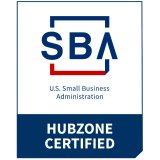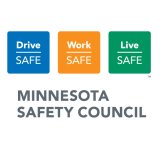What are noise-cancelling hearing protectors?
We sometimes hear about Active Noise Reduction (ANR), or "noise cancellation," in association with electronic earmuffs. This electronic technology uses a microphone to pick up incoming sound, a digital processor to invert the phase of the incoming sound, and a speaker to reintroduce the altered sound. The intent is to reduce the resulting sound levels by "cancelling" as much of the original sound wave as possible.
Because of the practicalities of basic acoustics, however, this technique works well only for noises with relatively long wave-lengths, that is, low frequency (pitch) sounds. In practice, ANR technologies effectively reduce levels when sounds are about 500 Hz and below. Consumer headsets are popular for reducing annoying, but not hazardous, day-to-day noise from cars, airplanes, and so on. In industry, hazardous noise environments are generally comprised of many frequencies, or "broad band" sound. Although ANR can often supplement noise reduction and hearing protection efforts in high noise environments, the technology typically cannot stand alone. ANR is usually applied only in combination with traditional hearing protection methods (such as earplugs and earmuffs) that are effective at blocking a wide frequency range of noise.
- How do CavCom's high-fidelity filters work and how are they different from traditional filters and vents?
- How often should custom earplugs or earsets be replaced?
- What is NRR or Noise Reduction Rating?
- What is the Personal Attenuation Rating (PAR)?
- Why do OSHA formulas require us to subtract 7 dB from the Noise Reduction Rating (NRR)?





